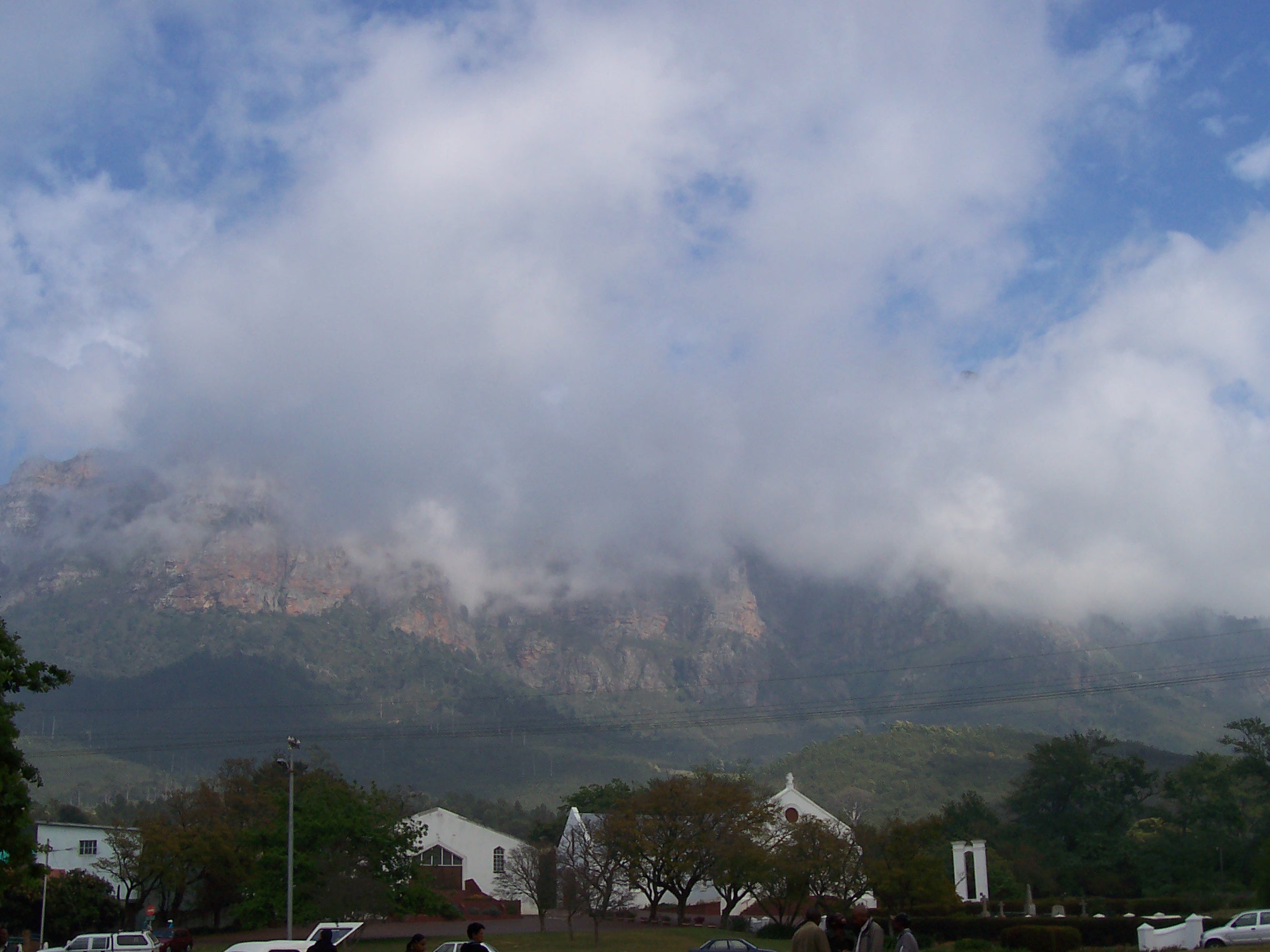
The reflection of Bubbles in the Cauldron
In researching the Stuarts it was interesting to find that the area in which the 1820 novel Bubbles in the Cauldron was set saw an earlier uprising in 1679 when the Presbyterian Covenanters defeated the troops sent to force the Episcopalian system of church government on them at Drumclog a few miles from Strathaven. Unlike the 1820 group the 1679 rebels took control of Glasgow. As in many ‘rebellions’, however, the extremists took over and it ended in tragedy.
The background to the troubles of the late 1670’s goes some way to explaining the reaction of the people of the south and especially south west to Bonnie Prince Charlie’s Highland host. Charles II in trying to force the Church of England on the Presbyterians had called down the Highlanders to discipline the recalcitrant South West and, as Scott notes, the Highlanders, despite behaving well towards persons, needed horses to take back the loot they collected from the neighbourhood.
This was not the only time the Highlanders were called to break up dissention or impose on the Lowlanders. When the deposed Stuarts attempted to overturn the parliamentary decision to make William III king of both countries, it was to the ‘heroic’ Montrose and his Highland raiders, aided and abetted by the Irish Colkitto MacDonald they turned. letting them loose to cause death and depredation. Even among the ordinary Highlanders, there are more sides to the ‘massacre’ of Glencoe than is usually portrayed and Culloden might have been regarded by many of the Highland clansmen, as well as the people of Scotland’s central belt, as retribution for many ills, rather than a slaughter of innocents.
Still, these were violent times and it is unfair to judge it by twenty-first standards. Nevertheless, it may be time to tell the Lowlanders story.